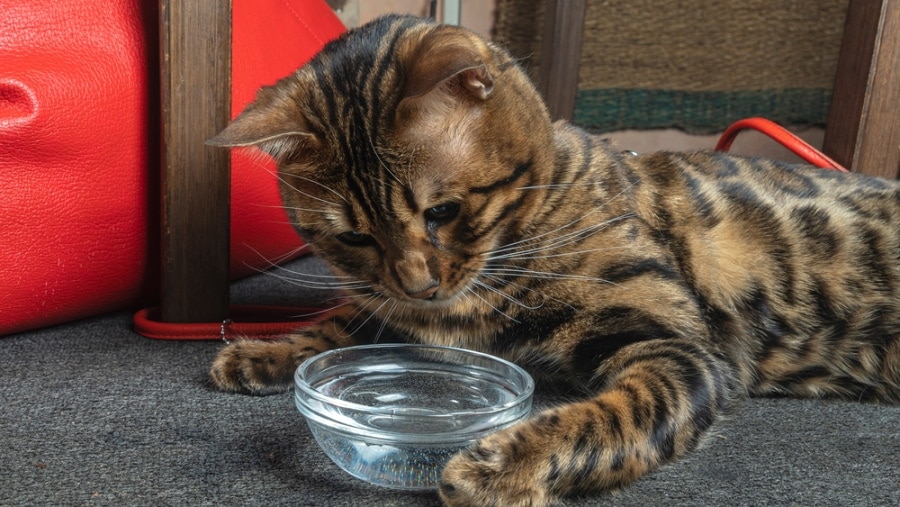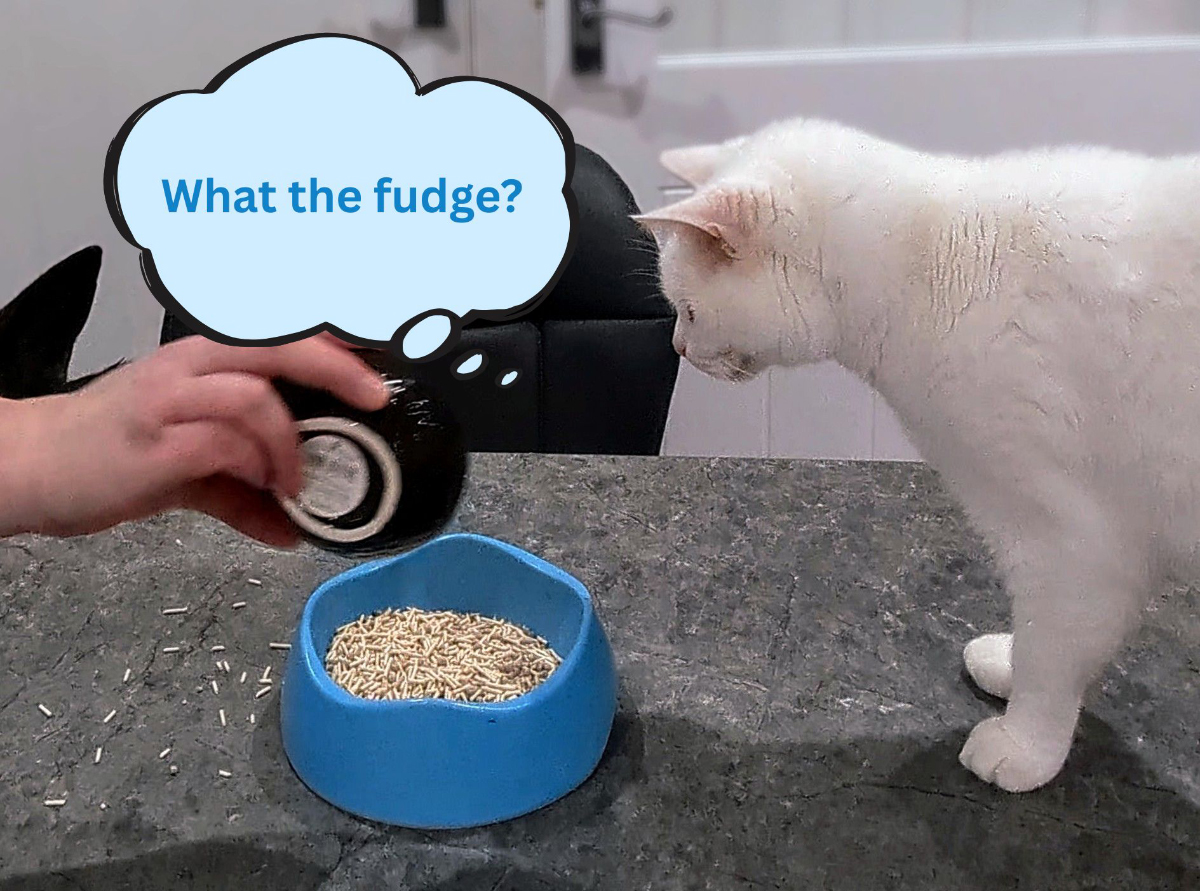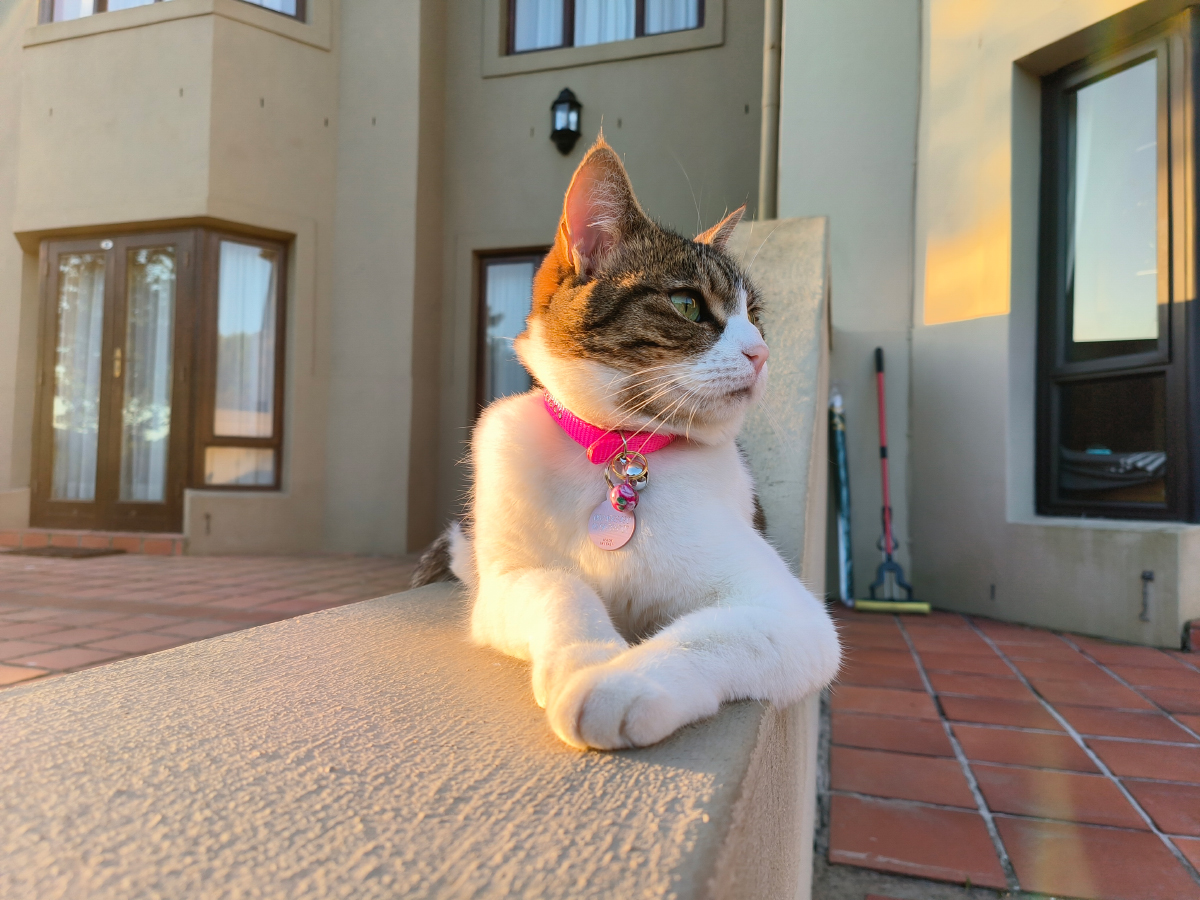Click to Skip Ahead
Although separation anxiety is often associated with dogs, it’s also a problem that can occur in cats. Knowing how to deal with separation anxiety in cats can be difficult, and it can become frustrating to manage this issue. To help simplify things for you and your cat, we’ve put together some of the best ways to help you handle feline separation anxiety.
First, we will go over how to help cats manage separation anxiety, and then we will offer some advice on how we as humans can manage the anxiety that can occur when we are away from our felines.

How to Manage Your Cat’s Separation Anxiety
Feline Separation Anxiety Syndrome is a complex behavioral issue that can manifest as several different (generally undesirable) signs.1 It’s important to note that these tips may or may not help your cat, depending on the extent of their issues.
These tips are not a substitute for a treatment plan prepared by your veterinarian. Though these tips have been reviewed by our veterinarian, they are the recommendations of the author, not the veterinarian.
1. Provide a Nice View
Enjoyable perches that provide your kitty with a nice view, like window perches, can help decrease separation anxiety by keeping them entertained with something they enjoy. Allowing your cat to watch the birds or even the comings and goings of your neighborhood can help your cat stay distracted from your absence, making it easier on them when you’re gone.
Secure catios can have a similar impact, although it’s important to make a catio that is secure enough to keep your cat safe and that allows them to come and go between indoors and outdoors.
2. Try a Pheromone Diffuser
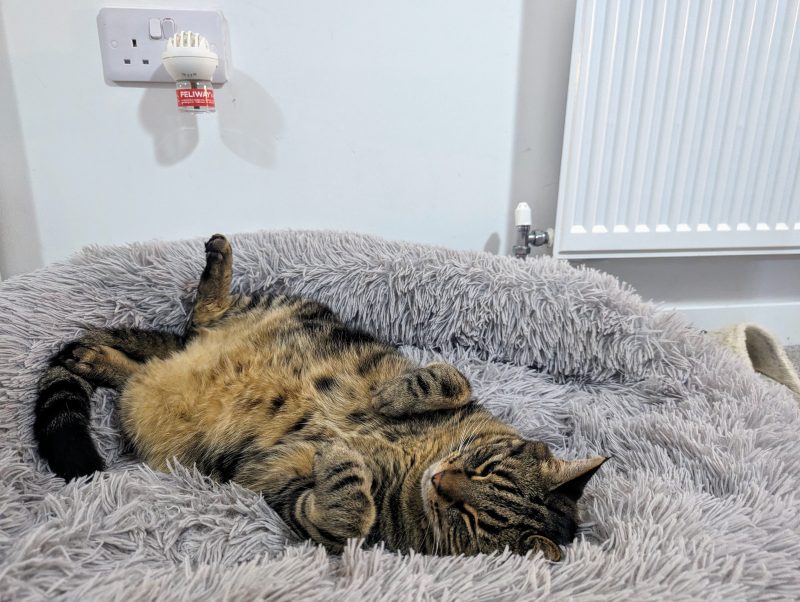
Pheromone diffusers are a commercial product that releases pheromones that will help soothe and comfort your cat. Oftentimes, these pheromones are similar to the pheromones associated with nursing mother cats. These diffusers can be a little bit pricey, but they’re a lifesaver that many people, including vets, swear by. Pheromone diffusers can also help your cat adjust to changes in the home and help grumpy cats get along with each other.
Make sure to select a plug that is near the areas where your cat spends the most time to provide them an extra sense of safety and security while you’re out.
If you’re unsure of which pheromone diffusers to use, please contact your vet for a recommendation.
If you need to speak with a vet but can't get to one, head over to PangoVet. It's an online service where you can talk to a vet online and get the personalized advice you need for your pet — all at an affordable price!
3. Set a Soundtrack
There are many sounds that your cat might find enjoyable, from birds to classical music to TV shows you frequently watch. Try to identify sounds that are soothing to your cat and play them when you’re going to be out. It can be especially beneficial if the sounds are similar to sounds that occur when you’re home, like specific TV or radio stations.
There are a variety of options for soundtracks that can be enjoyable for your cat, with many free soundtracks available through YouTube channels and even Alexa devices.
4. Come and Go Quietly
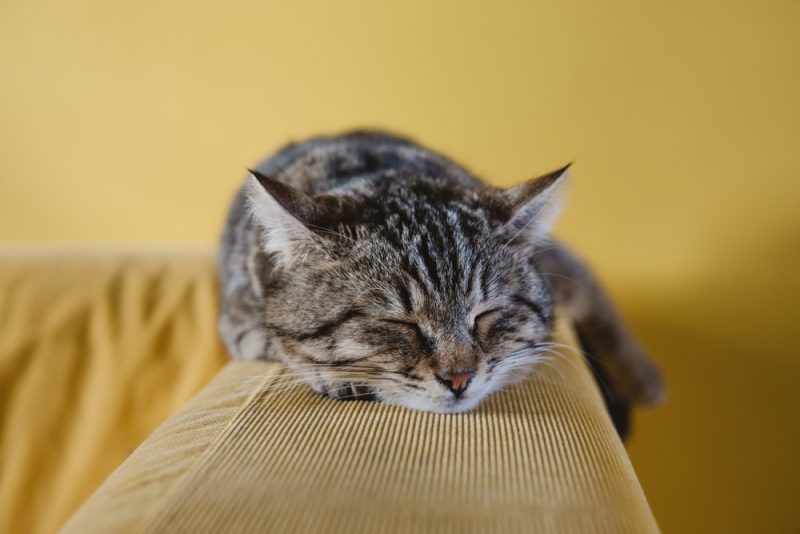
Try not to make a big deal about your comings and goings from the home. Most of us are guilty of announcing to our pets that we’re leaving, and even more of us are guilty of making a big deal about coming back into the house. For cats with separation anxiety, though, this can exacerbate their anxiety by causing a greater sense of importance when you come and go.
For anxious cats, it’s best to not intentionally announce our departures and arrivals, instead keeping the moments before and after calm and low-key.
5. Provide Safe Spaces
Your cat needs spaces throughout your home that feel safe and comfortable for them. These spaces should be away from other pets, as well as allow them to get away from small children and visitors that may make them uncomfortable. Most cats enjoy places that are high up and allow them to keep an eye on things, but a variety of spots at different levels can work well.
Your cat may feel extra safe and comfortable if you put one of your shirts that still has your scent on it in their favorite spots so they can still feel close to you when you’re out of the house.
6. Provide Toys and Puzzles
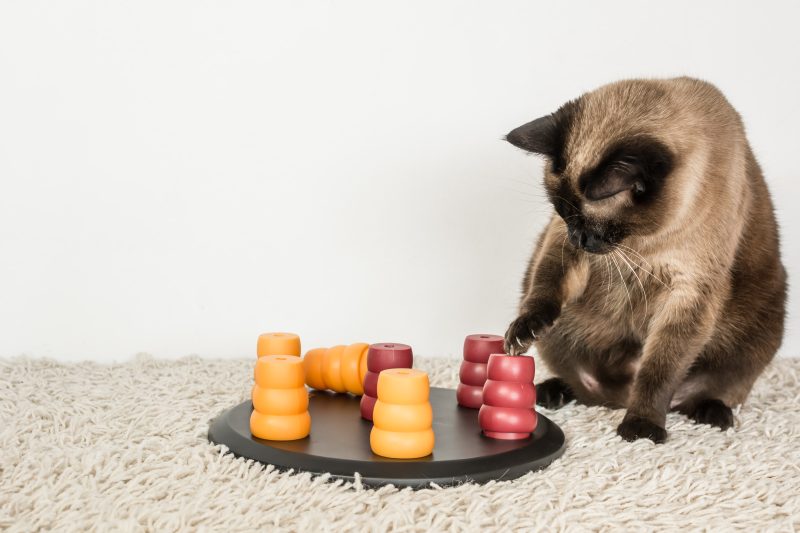
Toys and puzzles aren’t just beneficial when you’re home to play with your cat. Provide your cat with a rotation of toys to keep things fun and interesting. Puzzle toys with treats and kibble in them are a great way to encourage your cat to play, even when you aren’t home. You can also hide your cat’s kibble throughout your home in small containers, like cupcake liners.
This encourages your cat’s natural hunting instincts and keeps them busy when you’re not home.
Looking for toys that will cater to the many needs of your cat? The Hepper Hi-lo Cat Scratcher is one of our favorite cat products that is sure to encourage your cat to get active. Its clever three-angle design offers multiple ways for your cat to climb, stretch, and exercise. Made of a sturdy plywood base and a replacement cardboard insert, this scratcher is an option that cats can enjoy for years to come. If your cat requires a little encouragement for self-play, the Hepper Plush Mouse Kicker is a fantastic choice for their instinctual needs. Equipped with bite and kick-resistant fabric, an enticing internal bell, and organic catnip, cats can satisfy their natural prey instincts while getting the physical activity they need to thrive.
| Image | Product | Details | |
|---|---|---|---|
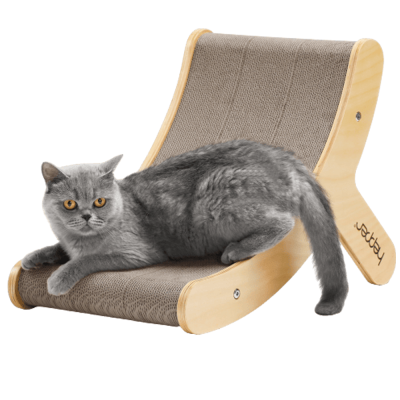
|
Hepper Hi-Lo Cat Scratcher |
|
Check Price |
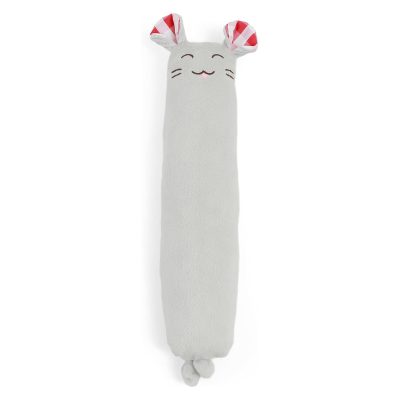
|
Hepper Plush Mouse Cat Kicker Toy |
|
Check Price |
At Catster, we've admired Hepper for many years, and decided to take a controlling ownership interest so that we could benefit from the outstanding designs of this cool cat company!
7. Spread Out the Cues of You Leaving
Not only should you avoid making a big deal when you’re walking out the door, you should also avoid doing every step of leaving at once. For example, you might normally put on your shoes, grab your lunch bag, pick up your keys, and then leave. If you can break these steps up and spread them across a longer period of time, it may distract your cat from you getting ready to leave and help the process of you leaving the home feel more natural and comfortable.
If every step of your leaving happens quickly, it can be overwhelming and stressful for your kitty.
8. Try a Pet Sitter
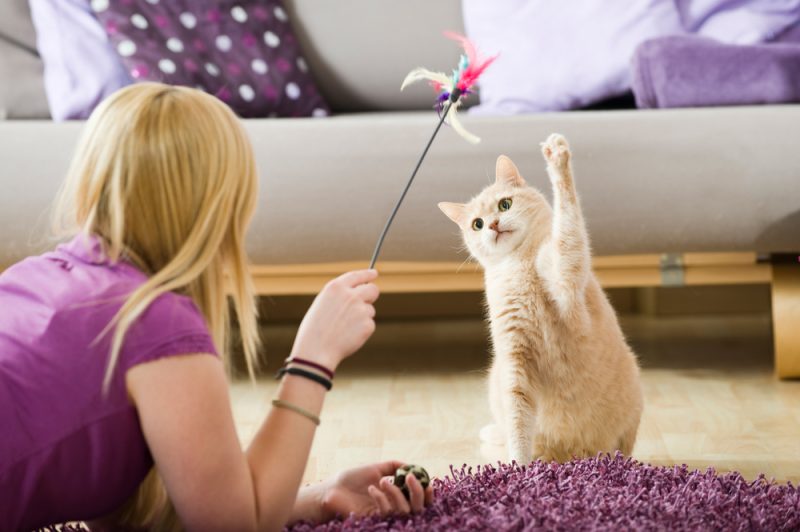
If your cat has separation anxiety that doesn’t seem to be resolved through the other ideas, then consider hiring a pet sitter to stop in when you’re out of the house. This can be especially beneficial if you’re gone for long stretches of time, like if you work a job that requires 10 or 12 hours of work per day. A pet sitter can come by and play with your cat and ensure that they have everything they need and are comfortable.
Just make sure to walk your pet sitter through the steps you have already implemented to manage your cat’s separation anxiety so they can continue with the positive conditioning.

How to Manage Your Anxiety When Away From Your Cat
Your cat might not be the only one experiencing anxiety when the two of you are apart. It’s not uncommon for people to have anxiety when away from their pets, especially if you’re going out of town or your cat is going to be boarded or hospitalized for multiple days.
Your anxiety likely won’t lead you to scratch the furniture or pee on the floor, but it can lead to unpleasant thoughts of worry and sensations of racing thoughts and a racing heart. How can you best manage your own anxiety when you’re away from your cat?
Talk to Your Doctor
If feelings of anxiety are common for you, then you should talk to your doctor about it. It’s important to keep in mind that you as an individual need advice and treatment curated specifically for you. Self-diagnosing yourself and attempting to self-treat yourself with online advice is not only counterproductive but can also be detrimental to your mental health.
Though the internet is a fantastic source for information, it may also lead to misinformation, especially if you feel as though you have the tendencies of a hypochondriac. Therefore, just like your cat, our best advice for you is to seek professional help from a qualified individual who can assess you as an individual (after all, you deserve this) and not just an online username.


Conclusion
Separation anxiety can be a real challenge to manage, especially if your cat has a severe case. It may take multiple steps and lots of time and positive reinforcement to help your cat feel happy and comfortable when they’re home alone. Therefore, the best course of action is to seek professional help if you suspect that your cat has separation anxiety.
Likewise, if you find yourself anxious when away from your cat, it’s also best to seek out a professional who you trust and who can provide you with a treatment or management plan that best suits your needs.
Featured Image Credit: Natalia Lebendinskaia, Shutterstock





